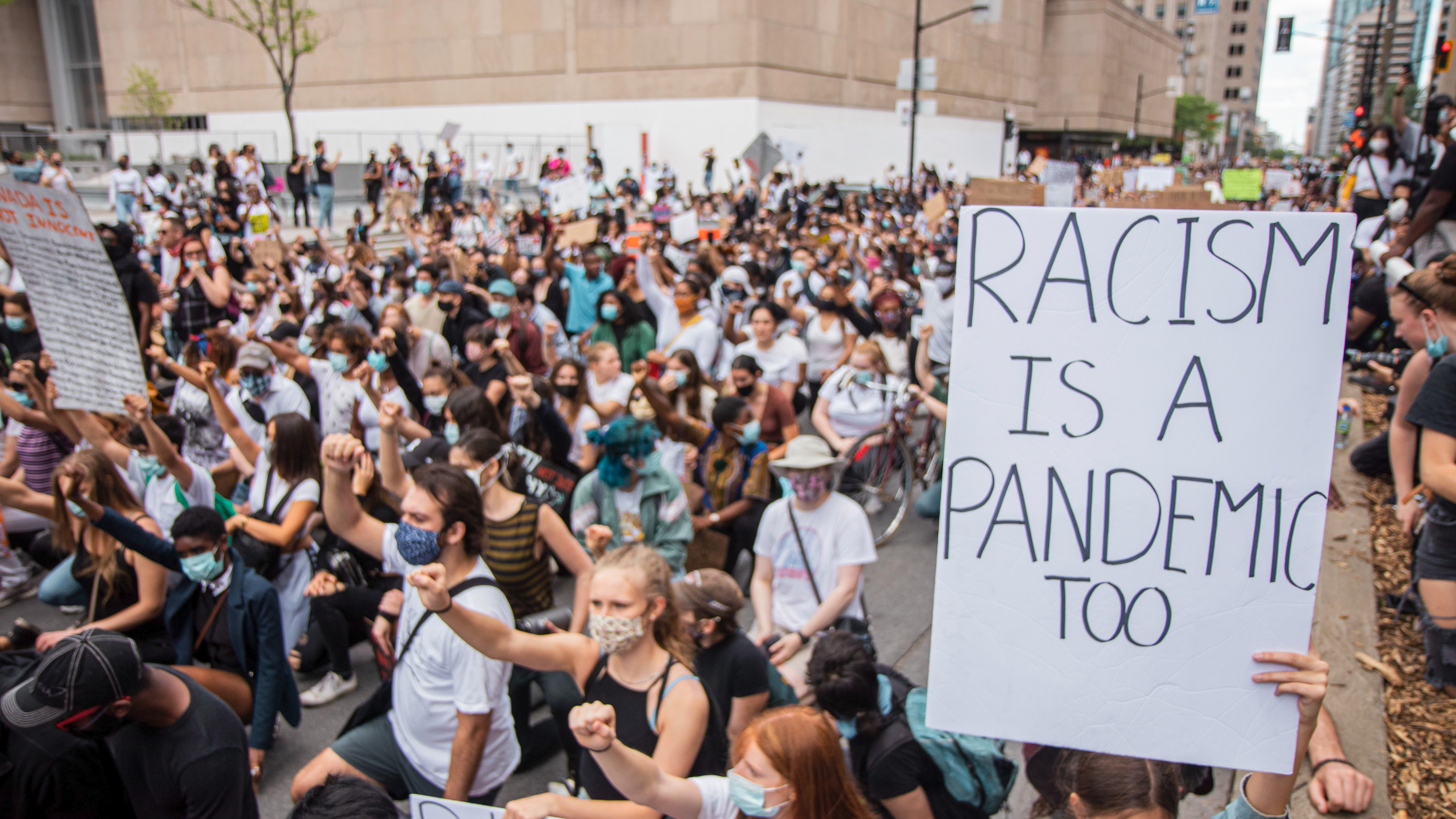
Clean Air for All: Indoor Air Quality
Healthy air is critical to our well-being, learning, and quality of life. Project N95 imagines a future in which everybody can breathe easy, and it all starts inside.
How to Improve Indoor Air Quality
As outside, or "ambient," air makes its way indoors, it carries bioaerosols and other harmful particulate matter. Bioaerosols are floating microorganisms that stay aloft in the atmosphere. Air also contains harmful chemicals from industrial contaminants and natural disasters such as wildfires. Even in areas with good outdoor air quality, contaminants can accumulate indoors. In fact, the levels of indoor pollutants can be 2 to 5 times higher than outdoor levels.
How can you make the air cleaner inside? One of the fastest and easiest ways is air purification, which requires at least two mechanisms to work properly: ventilation and filtration.
Ventilation refers to "exchanging" air—essentially replacing "old" indoor air with "fresh" outdoor air. Modern structures typically have a central ventilation system that handles this exchange between inside and outside. Older buildings may rely simply on open windows or vents. Circulation is key.
Filtration refers to "cleaning" air—removing harmful particles, usually by trapping them in a filter. An air purifier accomplishes this by forcing air through the filtration device. Construction with central ventilation has this feature built in. For example, forced-air heating will pass outdoor air through a HEPA or MERV filter into the furnace before moving the warm air into your home.
A good air purifier has a high Clean Air Delivery Rate (CADR): a basic measure of how much air it cleans. Modern HVAC systems may be sufficient to achieve a good CADR, but for older systems or places without proper ventilation, keeping the air clean may require additional steps. Portable HEPA-filter purifiers are a viable but somewhat expensive option. Fortunately, a cheap and simple solution is readily available: the SAFE box.
A Supplementary Air Filtered Exchanges (SAFE) box pairs a standard box fan with a high-grade MERV-16 filter to deliver a high CADR at a low cost. You can find them pre-made at many home improvement stores or just do it yourself—SAFE boxes can be assembled in less than half an hour without any special expertise. Box fans running at their lowest speed provide high CADR without much noise, so they are fantastic for schools, offices, or even homes.
Why Clean Air?

Unfair systems and policies lead to unfair outcomes.
Discrimination means that Black, Latino, and low-income children are the most likely to be impacted by factors that diminish air quality.

Poor air quality leads to serious health problems.
Respiratory illness—asthma, bronchitis, lung disease—as well as heart attacks and even premature death are associated with unhealthy air.

Air quality changes our ability to think and learn.
Students with clean air in their classrooms consistently demonstrate better performance, attendance, and achievement than their peers.